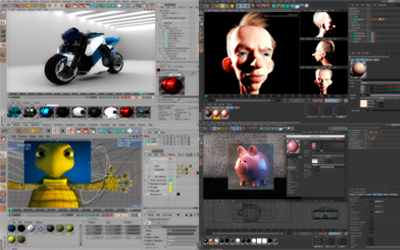

Lights in Maxwell Render™ are created applying an emitter material to an object. Maxwell Render can handle large numbers of lights in a scene without the performance loss sometimes experienced in other applications. This approach to simulate lights emulates what happens in the real world and mimics real-world lights, producing a high degree of realism, outputting smooth shadows, providing a natural light distribution in your scene, and increasing the overall quality of your image.

Instead, Maxwell Render uses actual geometry with emitting materials. Maxwell Render does not use abstract lights typically used in traditional 3D applications (distant, point, omni, spotlights). Lighting in Maxwell Render Light sources in Maxwell Render™ are defined by spectral characteristics and a light source usually possesses a lot of information about the intensity of emission at any of the possible wave lengths.

Note that these functions are explained in further detail later on in the manual. It is important to understand these concepts and how they differ from more commonly used notions before you start working with Maxwell Render. They account for Maxwell Render’s superb quality and realism. While Maxwell Render is uncomplicated and straightforward, it does make use of some concepts and functions that may be new or different to you.


 0 kommentar(er)
0 kommentar(er)
